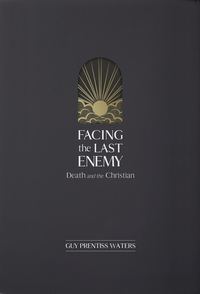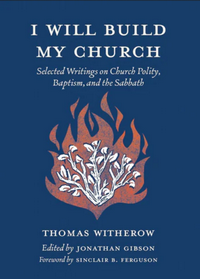 What Did the Cross Achieve?
What Did the Cross Achieve?
by J.I. Packer, Mark Dever (Foreword)
DETAILS: Series: Crossway Short Classics Series Publisher: Crossway Publication Date: August 29, 2023 Format: Paperback Length: 109 pg. Read Date: August 27, 2023

Some Thoughts on the Series as a Whole
The point of this series is to take classic short works—sermons, tracts, articles—package them attractively, edit a bit (modernize language, eliminate footnotes, tweak grammar, etc.), and make them widely available. Each is given a short introduction to help the reader get the context and a bit of information about the author.
They published seven books in this series last year, and I discussed them here. Three have come out this year (so far), but I’m hoping for more in this series soon.
What’s What Did the Cross Achieve About?
This essay was originally a lecture Packer delivered but it lives on far after that time. It’s essentially a defense of the Penal Substitutionary Theory of the Atonement—and a critique of some alternate theories. Which is not to say that Packer doesn’t have some words of correction for other proponents of substitutionary atonement, nor is he without appreciation for alternate theories.
Packer holds that when people like Socinius attacked the Reformation’s preaching and teaching on the atonement, the Reformed (in particular) responded to his rationalistic arguments on the same grounds—and spent centuries refining things along those lines, losing the declaratory, doxological, and kerygmatic power of the doctrine. For this “preliminary survey,” he states:
My plan is this: first, to clear up some questions of method, so that there will be no doubt as to what I am doing; second, to explore what it means to call Christ’s death substitutionary; third, to see what further meaning is added when Christ’s substitutionary suffering is called penal; fourth, to note in closing that the analysis offered is not out of harmony with learned exegetical opinion. These are, I believe, needful preliminaries to any serious theological estimate of this view.
So, what did I think about What Did the Cross Achieve?
Can we then justify ourselves in holding a view of the atonement into which penal substitution does not enter? Ought we not to reconsider whether penal substicution is not, after all, the heart of the matter? These* are among the questions that our preliminary survey in this lecture has raised. It is to be hoped that they will receive the attention they deserve.
* And other questions that I snipped due to lack of context.
This was a good reminder to me of just how good J.I. Packer was—it’s been a long time since I’ve read a much by him, and it’s easy to remember really liking his writing and learning a lot from him, but to forget most of the details. And then you read him and are reminded why I spent so much of the 90s immersed in his work.
His approach to the idea was great and easy to follow. This wasn’t for a popular audience, but the language isn’t that difficult to follow. I appreciated and benefited from his argumentation—and thought his analysis and argumentation were spot-on (and would still be pretty sufficient for what I’ve seen for people today who struggle with penal substitution).
Essentially, this was a great way to spend an hour or so, one of the best of this series, and one I’ll return to again and again. I’d suggest you do the same.

This post contains an affiliate link. If you purchase from it, I will get a small commission at no additional cost to you. As always, the opinions expressed are my own.
![]()
















